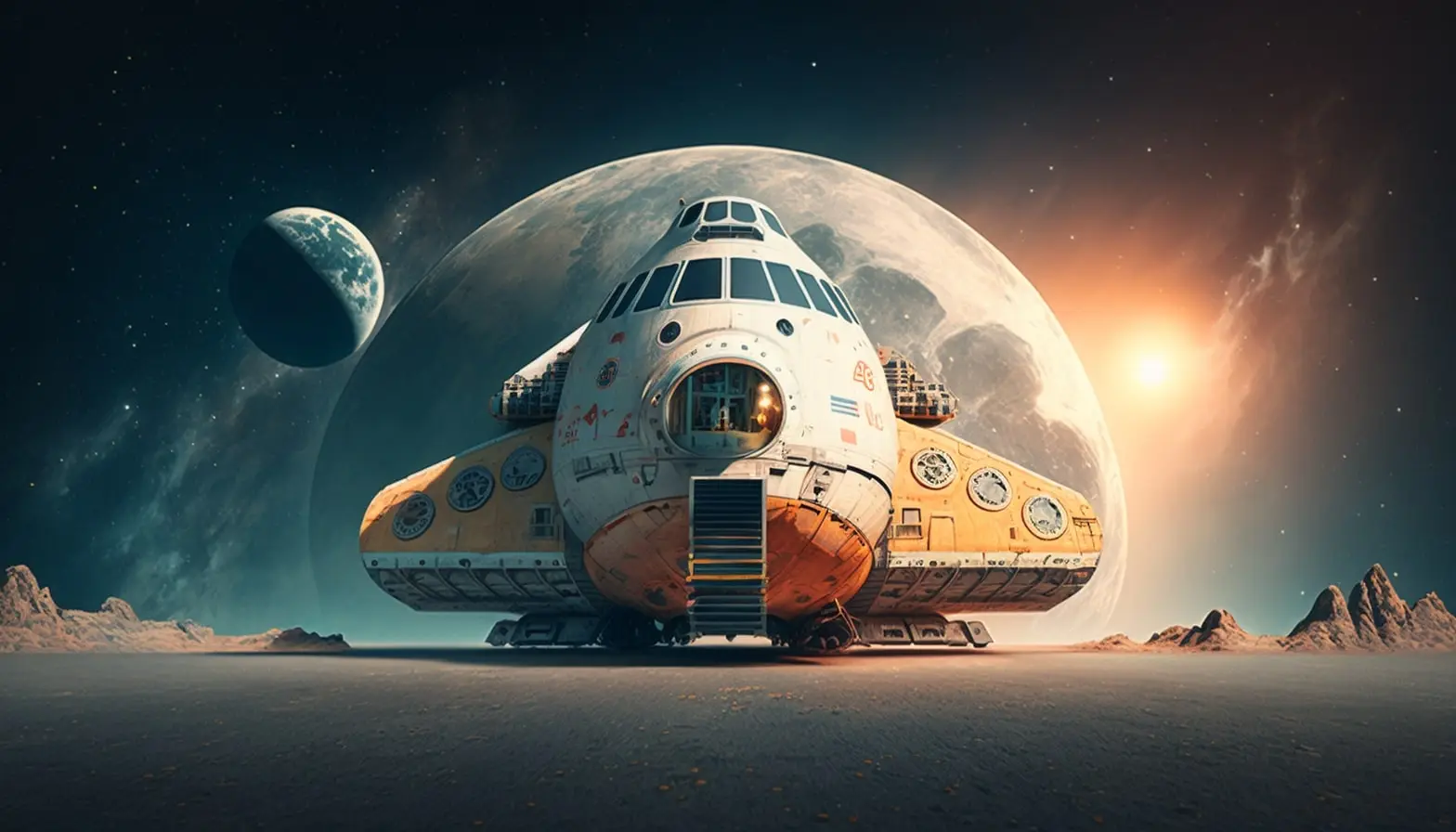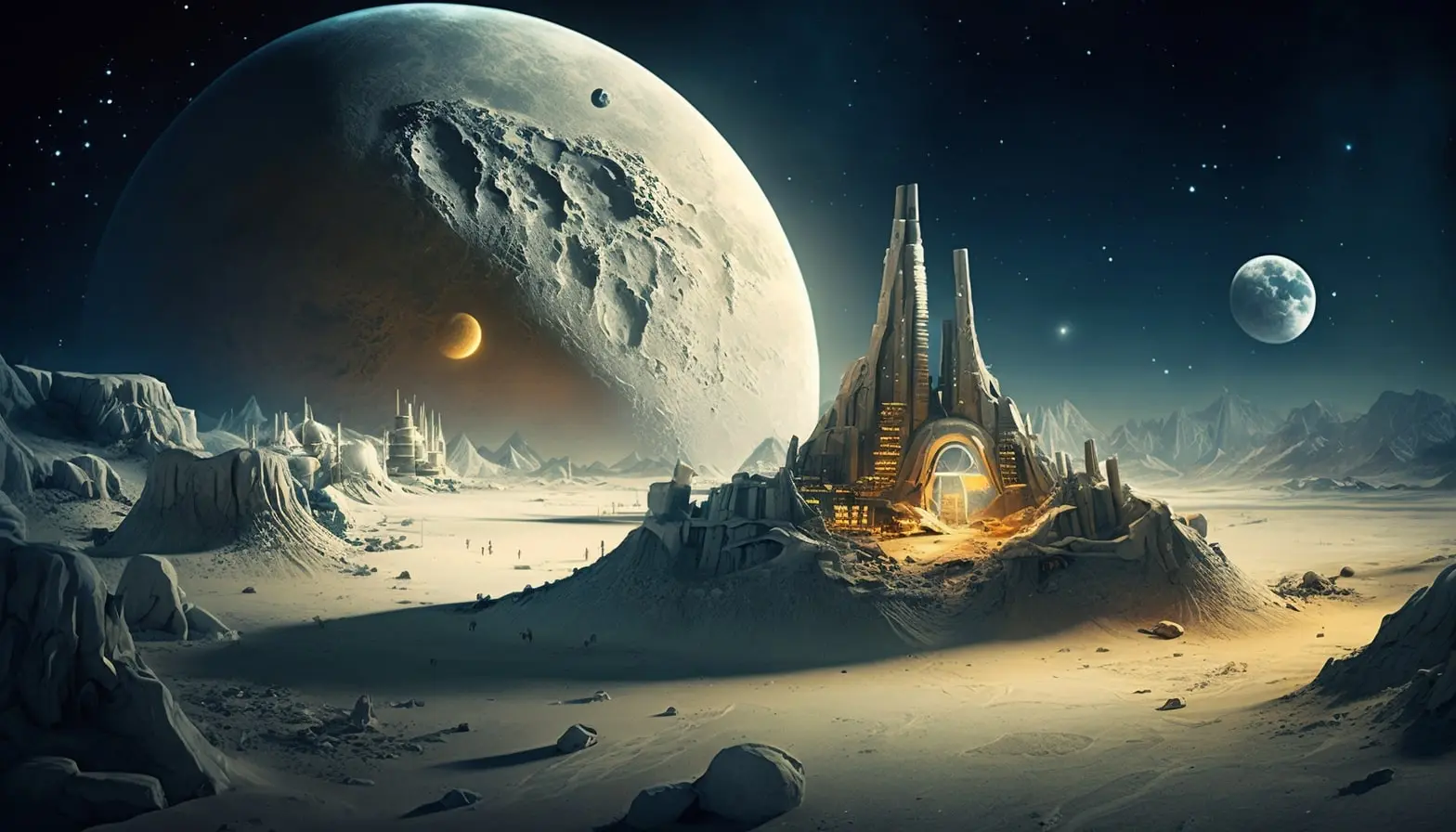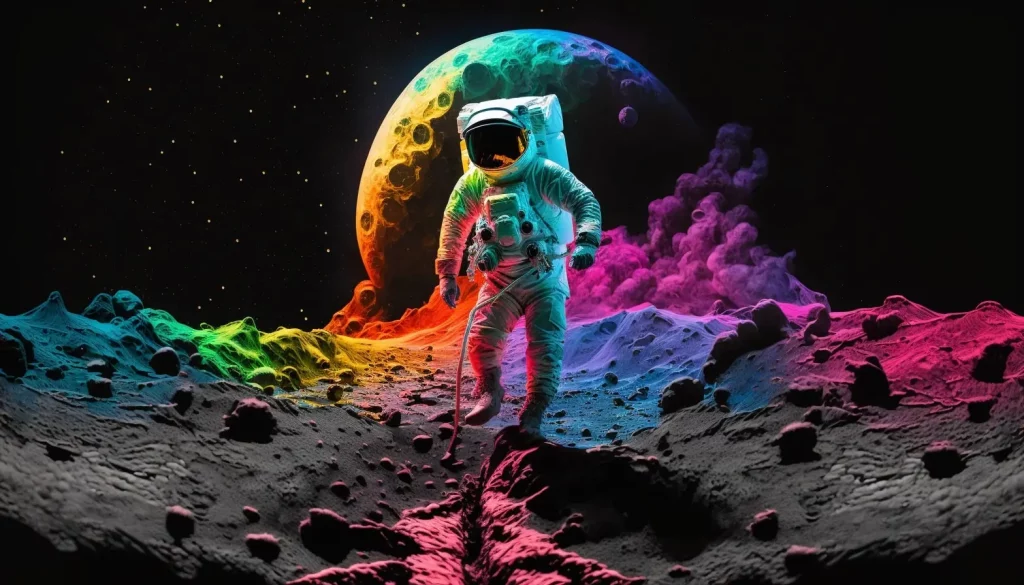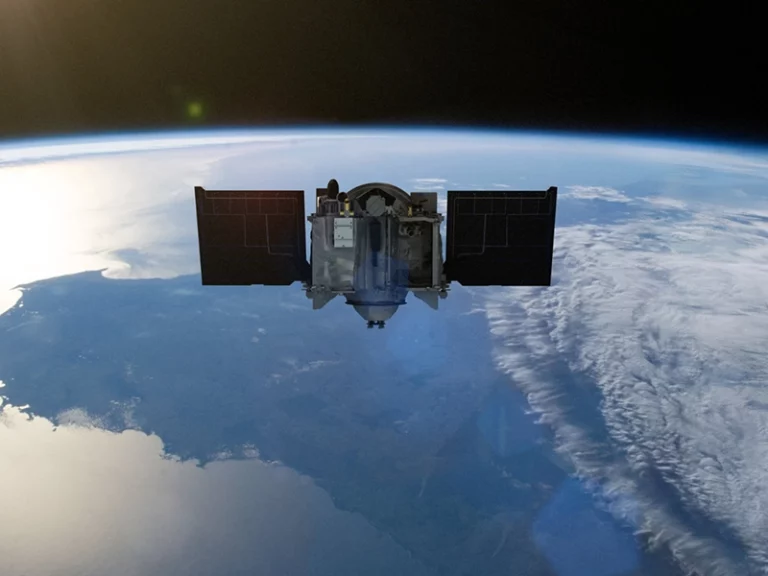Ah, the moon landing! That historic moment when Neil Armstrong became the first human to set foot on the moon, uttering the now famous phrase, “One small step for man, one giant leap for mankind.” It’s been over 50 years since that historic event, and yet we haven’t gone back. What gives?
The Apollo Program: A Triumph of Technology
The United States launched a number of space flights as part of the Apollo program between 1961 and 1975. The goal was of landing humans on the moon and returning them safely to Earth.
This program was initiated by President John F. Kennedy in response to the Soviet Union’s early successes in space exploration. Including the first artificial satellite and the first manned spaceflight.
The program involved a total of 17 missions, including six manned lunar landings, and was a major technological and scientific achievement for the United States. The Apollo program not only advanced our understanding of space. It also led to the development of numerous new engineering techniques and technologies that are now employed in a vast array of different applications.

Here is a list of Apollo missions:
- Apollo 1 – January 27, 1967 (Unmanned test flight, ended tragically in a fire during launch rehearsal)
- Apollo 7 – October 11-22, 1968 (First manned mission of the Apollo program, tested the Command and Service Module in Earth orbit)
- Apollo 8 – December 21-27, 1968 (First manned mission to leave Earth orbit, circumnavigated the moon)
- Apollo 9 – March 3-13, 1969 (First manned flight of the Lunar Module in Earth orbit)
- Apollo 10 – May 18-26, 1969 (Dress rehearsal for the moon landing, Lunar Module descended to within 15 km of the lunar surface)
- Apollo 11 – July 16-24, 1969 (First manned mission to land on the moon, Neil Armstrong and Edwin “Buzz” Aldrin became the first humans to walk on the moon)
- Apollo 12 – November 14-24, 1969 (Landed near Surveyor 3 spacecraft and conducted experiments)
- Apollo 13 – April 11-17, 1970 (Failed moon landing due to an oxygen tank explosion, but successfully returned the crew to Earth)
- Apollo 14 – January 31-February 9, 1971 (Explored the Fra Mauro region and collected samples)
- Apollo 15 – July 26-August 7, 1971 (First mission with a Lunar Roving Vehicle, conducted geological experiments)
- Apollo 16 – April 16-27, 1972 (Explored the Descartes Highlands and collected samples)
- Apollo 17 – December 7-19, 1972 (Explored the Taurus-Littrow Valley and conducted geological experiments, the final mission of the Apollo program)
Why Aren’t We Landing on the Moon Again?
Well, there are a few reasons why we haven’t gone back to the moon. For starters, it’s expensive. Really expensive. The Apollo program cost the United States government over $20 billion back in the 1960s, which is the equivalent of over $150 billion today.
And that’s just for a few missions. Imagine how much it would cost to establish a permanent presence on the moon.
Another reason is that there isn’t really a need to go back. Sure, it would be cool to plant a flag and take some selfies, but what’s the point? We already know what the moon is like, and it’s not exactly a great vacation spot.
Plus, there’s no actual scientific benefit to going back. We’ve already collected rocks and conducted experiments, so unless there’s a new discovery, there’s not much point in sending humans back to the moon.
But What About the Future?
Despite the lack of recent activity on the moon, there are still plans for the future. NASA’s Artemis program aims to land the first woman and the next man on the moon by 2024.
They’re also planning to establish a sustainable human presence on the moon by 2028. It will involve building a lunar gateway to prepare for future missions to Mars and beyond.
Here are some of NASA’s plans for the Moon in the future:
- Artemis Program: NASA’s Artemis program aims to land the first woman and the next man on the Moon by 2024. A brand-new spaceship named the Orion is going to carry out the mission, and it’s going to be launched on NASA’s Space Launch System (SLS) rocket.
- The Lunar Gateway: is a tiny space station that will be positioned in lunar orbit to use as a staging area for lunar missions. Long-term human exploration of the Moon and access to other regions of the solar system will both be made possible by it.
- Commercial Lunar Payload Services (CLPS): NASA’s CLPS program will partner with private companies to deliver science and technology payloads to the lunar surface. The goal is to evaluate these novel technologies in the lunar/space environment.
- Lunar Surface Innovation Initiative (LSII): The LSII program will invest in new technologies and capabilities that will enable long-duration human exploration and eventual habitation of the Moon. This includes developing new spacesuits, rovers, and other infrastructure.
- Moon to Mars: NASA’s Moon to Mars program aims to develop the technologies and capabilities needed for human exploration of Mars. Before sending humans to Mars, NASA intends to use the Moon to test out new technologies and systems.
In general, NASA’s future plans for the Moon center on creating a long-term human presence. Using the Moon as a testing ground for future exploration of the solar system.
Moon Tourism, Anyone?
But it’s not just NASA that has plans for the moon. Private companies like SpaceX and Blue Origin are also getting in on the action. SpaceX has announced plans to send Japanese billionaire Yusaku Maezawa and a group of artists on a trip around the moon in 2023.
Blue Origin, owned by Amazon founder Jeff Bezos, has also announced plans for lunar tourism. With the goal of sending people to the moon as early as 2024.
Imagine reading this fantastic story one day in the future…
In the year 2050, after decades of planning and preparation, the first lunar resort finally opened its doors to the public. The resort, called Moonrise, was located near the Apollo 11 landing site and offered visitors a unique opportunity to experience life on the moon.
The resort was equipped with all the latest technology and amenities, including a zero-gravity pool, a lunar rock climbing wall, and even a moon golf course. Guests could choose from a variety of packages, ranging from a weekend getaway to a full week of lunar exploration.
One day, a group of tourists arrived at Moonrise and were immediately taken on a tour of the facilities. They marveled at the lunar landscape and the stunning views of Earth from space. But as they were exploring one of the moon caves, something unexpected happened.
One of the tourists accidentally tripped and fell, causing a chain reaction that sent several others tumbling down as well. They all landed in a heap at the bottom of the cave, their space suits protecting them from harm.
After a moment of stunned silence, one of the tourists spoke up. “Well, that was one small trip for man, one giant fall for mankind!” he joked.
The rest of the group burst out laughing, and soon they were all joking and making puns about their lunar mishap. They even took a group photo lying on the ground, pretending to be stranded on the moon.
Despite the unexpected tumble, the tourists all agreed that their trip to the moon was a once-in-a-lifetime experience that they would never forget. And from that day forward, whenever they saw the moon in the sky, they couldn’t help but chuckle and remember their hilarious lunar adventure.

Tips and Tricks for Moon Travel
What do you need to know, then, if you want to go to the moon? Well, for starters, you’ll need a lot of money. Even if companies like SpaceX and Blue Origin are able to bring down the cost of space travel, it’s still going to be expensive.
You’ll also need to be in good physical shape, as space travel can be physically demanding. You’ll need to be ready for the isolation and harsh surroundings of life on the moon, of course.
Wrapping Up
In conclusion, while we haven’t been back to the moon in a while, there are still plans for future missions, both by NASA and private companies. Whatever happens with these ideas, one thing is certain: the moon will always have a particular place in our hearts and in our imaginations.
After all, who doesn’t love a good moonwalk?
References:
National Aeronautics and Space Administration. (n.d.). NASA. http://www.nasa.gov
Apollo program – Wikipedia. (1961, October 27). Link





